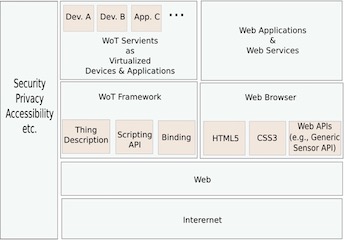



As a collaborative special event with ITE (Institute of Image Information and Television Engineers), the future trends in image information media technology related to display technology, will be held. It will give you some hints for considering the future of display technology.
Image sensing technology, especially image sensors, are integration of the wide variety of technology from physics, electronic circuit, optics, systems, and software. In recent years, the relations of these technology areas are getting closer, and exploring the novel field of applications and basic principles. In this talk, the topics on image sensing technology for next decade are introduced and discussed.
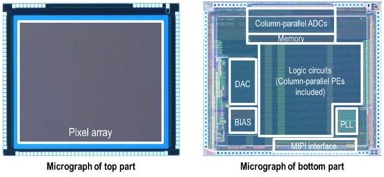

In the last decade, analog television broadcasting has ended and the new 4K8K satellite broadcasting has started. The Technical Group on Broadcasting and Communication Technologies (BCT) has been actively engaged in research and development to support this major transformation. Our research and development includes wireless and optical transmission technologies, the world's first 8K transmission experiment in the UHF band, and the hybridcast services. In this talk, the future prospects of the following areas will be addressed: next-generation terrestrial digital broadcasting, visible light communication, XR technology, and the utilization of wireless technology after 5G.
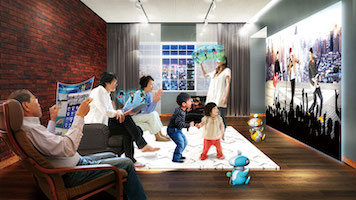
Media engineering covers diverse and fast-growing topics from basic theories of image/video processing to best practices of real-world applications. In this talk we discuss five major technological challenges of media engineering in the next 10 years including (1) large-scale media understanding, (2) media generation and forensics, (3) autonomous evolution of AI, (4) diversity of correctness, and (5) mutual understanding between technology and society. We also discuss future relationships between media engineering and display technology.
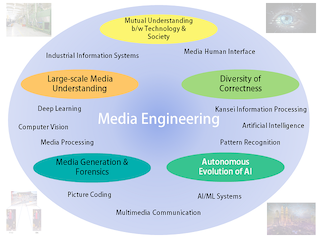
It's almost 20 years since the term "Internet of Things (IoT)" started to be used, and now various "Things" are connected with each other. However, IoT implementations tend to be different based on the vendors and industry areas, so we're in a difficult situation with "IoT Silos" including different IoT frameworks without interoperability. To cope with that situation, the World Wide Web Consortium (W3C) has been working on "Web of Things (WoT)" to achieve IoT interoperability. Two W3C Recommendations have been published and now W3C is working on extensions for those specifications to achieve finer-grained industry applications and WoT deployment.
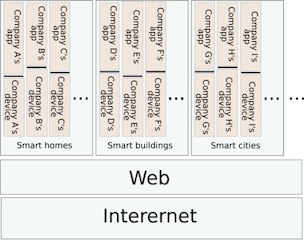
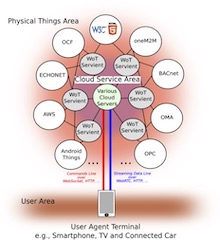
We describe "IoT-based Media Framework," a media presentation framework that autonomously presents content using appropriate devices including displays and various appliances via suitable presentation methods for users. The framework provides a user-centric experience with semantic descriptions that represent three important aspects of media presentation —content, environment (including devices), and user context— that is essential for public service media. Using the Web of Things recommendation of World Wide Web Consortium, we demonstrate the prototype implementation to extend content expression and to improve accessibility to people with disabilities thus furthering the provision of universal services.
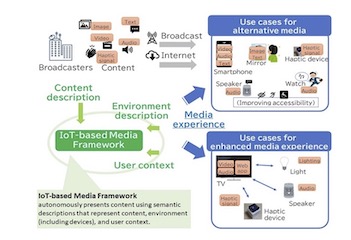
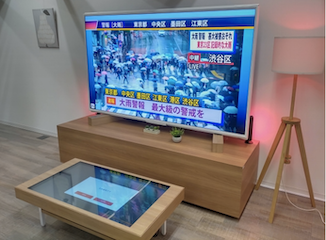
As mentioned in the former talk, "Web of Things (WoT)" is a Web-based technology for IoT interoperability, and can be applied to various future industries such as smart homes and smart cities. On the other hand, the Web technologies in general have been already applied to various existing industries and services, e.g., search engine, video distribution and e-shopping, and you can access everything simply using your smartphones. This talk will discuss the expectations for the possible next-generation Web services based on the combination of already deployed Web technologies and WoT from the viewpoint of media distribution.
